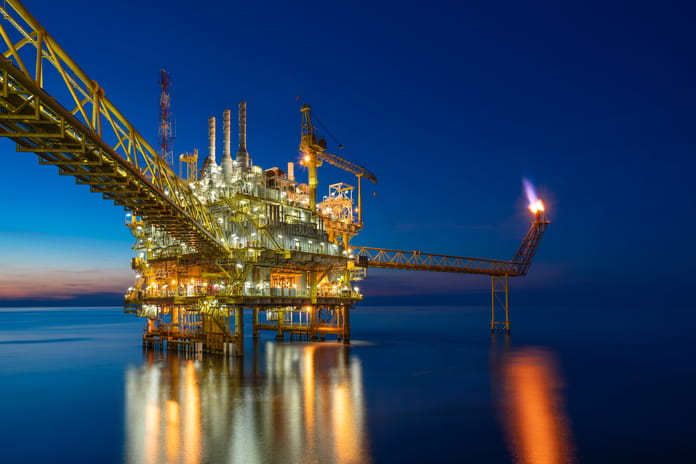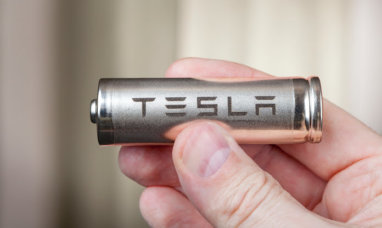EOG Resources, Inc. remains a structural buy, in my opinion (NYSE:EOG). It has been a staple of my portfolio for the past two years. Recently, I’ve wondered if the natural gas and oil bull market has peaked. After reading the market and history books, I’ve concluded that it hasn’t.
Following the 2008 oil boom and crash, the Exploration and Production (E&P) industry endured a decade-long period of underinvestment mixed with increased ESG constraints, making an investment in the sector unappealing. E&P firms focus primarily on existing wells and fields. Inflation continues high at 8.5%, which is far higher than expected. Despite rising interest rates dampening demand, energy prices remain high. Although the market is dropping and we are approaching a recessionary period, the United States may soon confront an energy crisis.
Energy Crisis in the U.S.
In terms of energy, the United States has a competitive advantage over the rest of the industrialized world. The US has abundant oil and gas resources and is not reliant on energy imports.
The United States is one of the world’s top consumers and producers of energy. Americans had access to cheaper oil and natural gas than the rest of the globe. Oil and gas prices in the United States were protected, and American consumers benefited from low energy prices. This could also be one of the reasons why investors and speculators in the United States were able to speculate excessively in the financial markets. The 2010s saw a period of overinvestment in the E&P sector, which resulted in the development of huge fields such as Marcellus and Haynesville. This enabled the United States to go from being one of the major importers (early 2000s) to the greatest natural gas and LNG exporter.
EOG Resources
EOG Resources is well-positioned to benefit from a potential commodity bull cycle. The last commodity bull cycle was marked by carelessness, with massive debt raised without regard for the company’s cash flow. The commodity bubble in crude oil, natural gas, and other commodities destroyed billions of dollars in capital. All the while, E&P businesses continued to raise debt to fund their operations.
For the more significant part of a decade, EOG put negligence aside and exercised discipline. It continuously lowered debt, increased cash flow and profitability, and returned extra capital to investors. Since 2018, EOG has generated positive free cash flow and reduced its deficit by 40%.
EOG is an oil and gas company. As I mentioned in this piece, I’m bullish on both commodities. Still, I see issues with natural gas supply in the United States over the next 1-2 years. Suppose the downward trend in natural gas production growth continues. In that case, EOG’s revenue from natural gas and liquids might grow at a far quicker rate than revenue from oil. On the oil front, things aren’t much better.
The impacts were primarily short-term, even when the United States released supply from its strategic petroleum reserve (SPR) to help lower oil prices.
Commodity supply and demand, as well as commodity pricing, are exceedingly complex. There is more than one explanation for price variations in a commodity that is widely consumed and traded. Many analysts, including myself, simplify many relationships and processes for analysis. For this analysis, I’ll concentrate on a few points, but I urge the reader to look beyond the bounds of my analysis.
We may develop a simplified hypothetical oil pricing model using the information from previous charts and US GDP. In 1980, oil rose from $3 to $36 a barrel. The United States consumed 17 million barrels daily, amounting to $225 billion per year on a $2.9 trillion GDP – energy accounted for 8% of GDP. In 2008, the U.S. consumed 20 mb/d for $145, resulting in $1tn of total GDP of $14.5tn – energy accounted for 6.9% of GDP. Now, the United States consumes 20 mb/d, accounting for 3.5% of its GDP.
Oil prices could easily double while remaining below prior cycle highs. My primary case for oil is that it will be higher rather than lower in the coming years.
Conclusion
For the reasons outlined in this post, I am structurally optimistic about oil and gas for the next few years. EOG is a disciplined oil and gas producer focused on creating shareholder returns through dividends and share buybacks.
In its most recent quarterly presentation, EOG demonstrated that it is drilling quickly, lowering the oil price required to achieve at least 10% ROCE. At $40/b oil and $2.50/Mcf gas prices, EOG’s double premium strategy provides a 60% return. Despite the likelihood of a catastrophic recession and oil prices falling to $50-$70, EOG generates profits and shareholder value.
Featured Image: Megapixl © Pichitbo

















